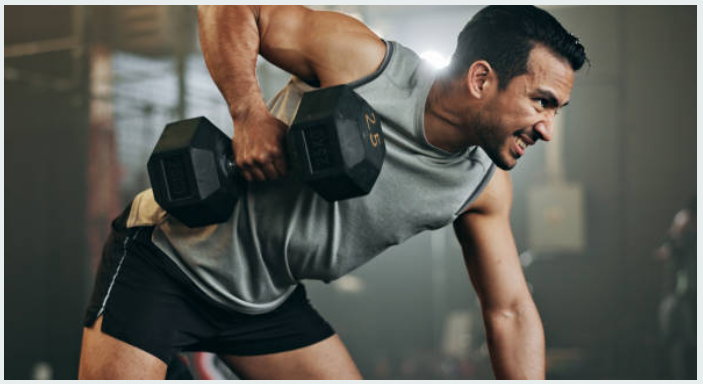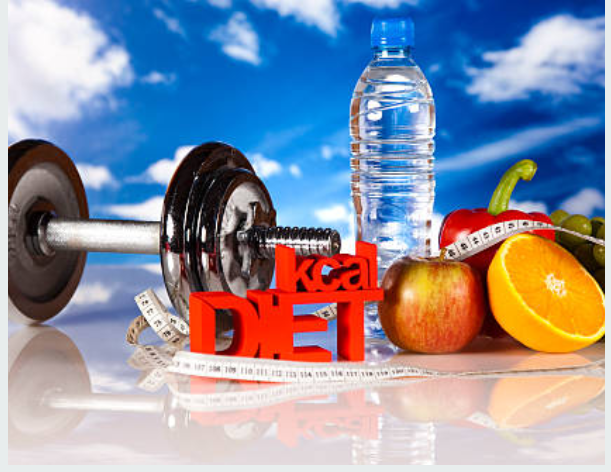
Achieving and maintaining a healthy weight through exercise requires a consistent, well-structured program. A well-planned exercise regimen can boost your metabolism, burn calories, and support sustainable weight loss. In this guide, we’ll cover the most effective types of exercises, the importance of structured workouts, and how to maintain your progress. Let’s dive into the specifics of building an exercise program for weight loss that you can tailor to your individual needs.
1. Why Exercise is Essential for Weight Loss
Exercise serves as the cornerstone of a healthy weight loss journey because it not only helps burn calories but also builds lean muscle, which increases your resting metabolic rate. When combined with a balanced diet, exercise enhances overall health, reduces risks of chronic diseases, and improves mental well-being.
2. Key Components of an Effective Exercise Program for Weight Loss
A well-rounded exercise program includes cardio, strength training, flexibility, and rest. Each component contributes to calorie burning, muscle building, and overall body conditioning.
2.1 Cardiovascular Exercises

Cardio is essential for burning calories quickly, increasing your heart rate, and promoting cardiovascular health. Here are some effective cardio exercises for weight loss:
- Running or Jogging: These activities burn a high number of calories. Aim to run or jog at a pace you’re comfortable with and increase duration gradually.
- Cycling: An excellent option for low-impact cardio, cycling burns calories efficiently and helps tone the legs.
- Swimming: A full-body workout, swimming strengthens muscles and enhances endurance while being easy on the joints.
- High-Intensity Interval Training (HIIT): HIIT combines short bursts of intense exercise with brief rest periods. This approach elevates calorie burn and boosts metabolism even after the workout ends.
- Buy the HIIT Interval Workout Game. Designed by a Military Fitness Expert
2.2 Strength Training

Strength training is crucial for building lean muscle mass, which in turn increases calorie expenditure. Lean muscle mass enhances your body’s ability to burn calories at rest, making it a vital part of weight management. Some effective strength training exercises include:
- Bodyweight Exercises: Push-ups, squats, and lunges are excellent for beginners. They build foundational strength without needing equipment.
- Free Weights and Resistance Machines: Weightlifting or using resistance bands allows you to target specific muscle groups, promoting balanced muscle growth.
- Compound Movements: Exercises like deadlifts, bench presses, and pull-ups engage multiple muscle groups, providing an effective calorie-burning workout.
3. Structuring an Exercise Program for Maximum Results
3.1 Setting Realistic Goals
To succeed in weight loss, it’s essential to set specific, measurable, achievable, relevant, and time-bound (SMART) goals. Rather than aiming for drastic weight loss in a short period, focus on steady, sustainable results. This approach minimizes the risk of burnout or injury.
3.2 Creating a Weekly Workout Schedule
A structured workout schedule keeps you accountable and ensures all areas of fitness are addressed. Here’s an example:
- Monday: HIIT cardio (20-30 minutes)
- Tuesday: Upper body strength training (30-45 minutes)
- Wednesday: Rest or low-intensity activities (e.g., walking)
- Thursday: Lower body strength training (30-45 minutes)
- Friday: Steady-state cardio (e.g., running, cycling for 40-60 minutes)
- Saturday: Full-body strength workout (30-45 minutes)
- Sunday: Active rest, like yoga or stretching
This schedule provides a balanced approach that incorporates cardio, strength training, and flexibility. Adjust intensity levels based on your fitness and endurance.
4. Nutrition and Hydration: Supporting Your Exercise Program

Exercise alone is not enough to ensure weight loss; diet plays a significant role as well. Focus on consuming a balanced diet rich in whole foods, lean proteins, complex carbohydrates, and healthy fats. Here are some nutrition tips for those focused on weight loss:

- Caloric Deficit: To lose weight, aim for a caloric deficit, consuming fewer calories than you burn.
- Protein Intake: High-protein diets support muscle repair and growth, aiding in recovery after workouts. Foods like lean meats, eggs, and legumes are great sources.
- Hydration: Drinking water before, during, and after workouts prevents dehydration and helps maintain performance.
5. Monitoring Progress and Making Adjustments
Tracking your progress ensures you remain motivated and adjust your program as needed. Here’s how:
- Track Workouts: Keep a journal of workout types, intensity, and duration.
- Monitor Weight and Measurements: Take weekly measurements to see how your body composition changes over time.
- Evaluate Performance: Assess improvements in strength, endurance, and flexibility. Progress can be motivating and indicative of areas for improvement.
- Buy ONUPGO Leg Warmers for Women 80s Costumes Accessories Holographic Fanny Pack Knit Neon Leg Warmers Headband Wristbands
6. Staying Consistent and Motivated
Consistency is key for lasting weight loss. Develop habits that make it easier to stick with your exercise routine:
- Set Small Milestones: Celebrate progress by setting milestones, like hitting a new weightlifting personal best or increasing your cardio endurance.
- Join a Community: Having workout partners or joining fitness communities can increase accountability and provide encouragement.
- Focus on Non-Scale Victories: Weight is just one metric. Improved energy, sleep, and confidence are important non-scale victories that reflect your progress.
7. The Importance of Rest and Recovery
Rest days allow the body to recover, repair muscles, and prevent burnout. Lack of rest can lead to injuries and decreased performance, so ensure you have at least one to two rest days per week. Incorporate stretching or low-impact activities, such as yoga or light walking, to aid in recovery.
8. Conclusion: A Sustainable Path to Weight Loss
An effective exercise program for weight loss incorporates variety, balance, and consistency. By combining cardio, strength training, proper nutrition, and adequate rest, you’ll not only see the scale move but also experience improved health, mood, and confidence. Stick to the plan, stay committed, and remember that sustainable weight loss is a journey, not a sprint.
Stay blessed – Stay Happy


